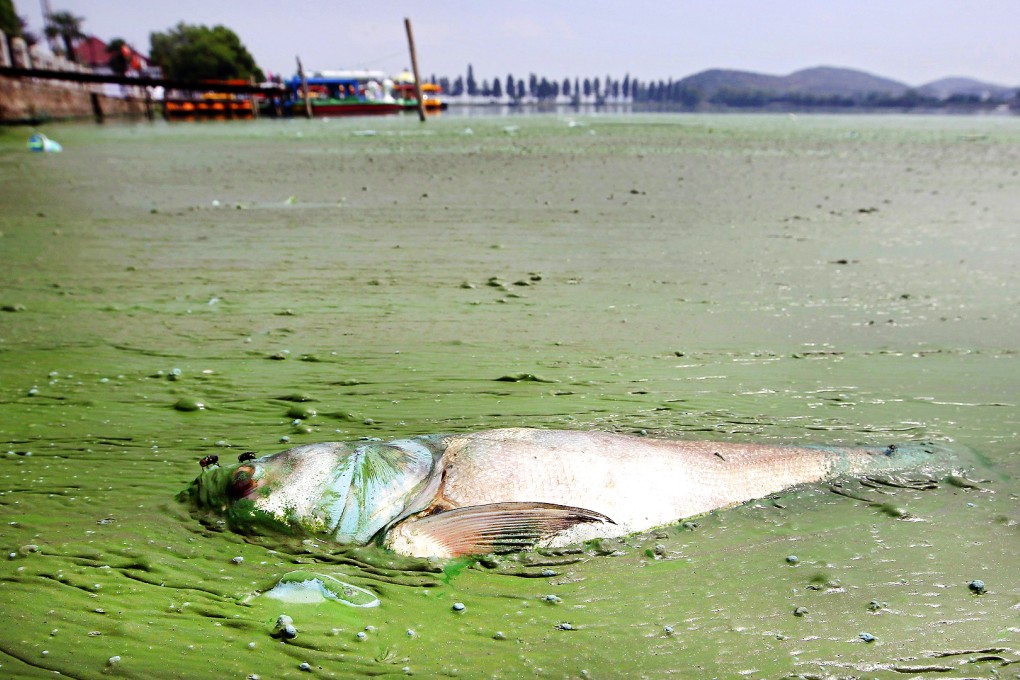China consumes almost half the world's antibiotics - and they're coursing through its waterways
Study by national academy finds high levels of the drugs in northern rivers on the mainland and in the south near Hong Kong

The Pearl River is a soup of antibiotics, containing some of the highest concentrations of the medicine found in any of the mainland's waterways, the nation's top science academy has found.
Overuse of antibiotics in humans and animals was to blame for the high levels, according to a recently published paper, one of the first comprehensive studies of the domestic scale of the problem.
The mainland was the world's largest manufacturer and consumer of antibiotics, using about 162,000 tonnes of more than 200 varieties in 2013, it found. Consumption was almost evenly split between humans and animals, researchers said.
But overuse can be dangerous as it allows bacteria to build up a resistance to treatments, reducing their effectiveness over time.
"The usage of antibiotics in China is very high, it's almost half of the world usage when we compare it with international studies," said Ying Guangguo of the Guangzhou Institute of Geochemistry under the Chinese Academy of Sciences, and who lead the research.
The study focused on 36 kinds of the most common antibiotics, including amoxicillin and florfenicol. In this narrower range, the mainland used 92,700 tonnes in 2013. Some 53,800 tonnes entered the environment in the form of urine and excrement after various wastewater treatments, according to the report.
Researchers examined antibiotic levels in 58 river basins across the mainland and found concentrations were highest in the waterways around Beijing, Tianjin and Hebei province, where the population is dense and rainfall scarce.